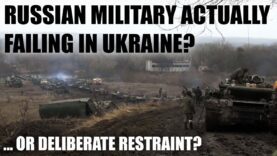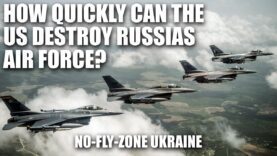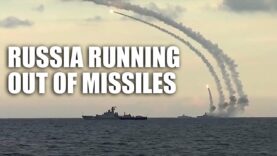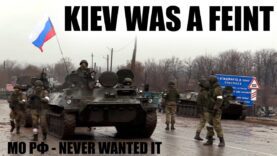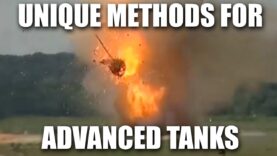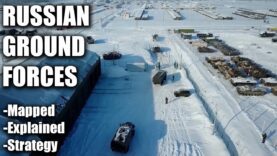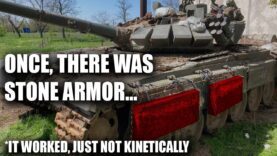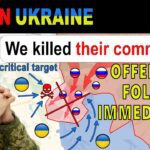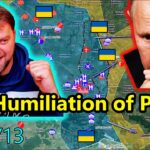Russian Ground Force Structure Explained
Russian Ground Force Structure Explained
Video Summary
The Russian military has undergone significant reforms since the Soviet era, with a focus on creating more agile and efficient forces. They’ve reduced the number of officers, introduced battalion-level tactical groups, and emphasized the importance of non-commissioned officers (NCOs) in leading units. However, this system has its limitations, as seen in the Ukraine war, where Russia struggles with the influx of foreign fighters and mercenaries.
Another key aspect of Russian military organization is the use of smaller, deployable units at the battalion level, such as the battalion tactical groups (BTGs), which can operate independently. This approach allows for greater flexibility in response to smaller-scale conflicts. However, it also presents challenges in terms of logistics and joint operations with other branches of the military.
Russia’s military is currently organized into five districts, with the exception of the central district, which is largely focused on land-locked operations. Each district includes a few combined arms armies and one army corps, with motorized rifle and tank brigades or divisions making up the main combat force.
The northern district, previously part of the northern fleet, was only recently elevated to military district status in 2001. This change is likely a response to Finland’s application to join NATO, which could impact Russia’s military plans in the region. Also worth noting is the presence of tactical arctic groups, which are designed to establish control in the Arctic region, where Russia is actively investing in new infrastructure and resource extraction.
While I haven’t mapped every single military site, I’ve marked many of them on a project, along with my larger endeavor to map all military sites worldwide. This can be a fascinating journey, exploring obscure Russian brigades, remote Siberian locations, or even old armored vehicle storage depots in Italy.

